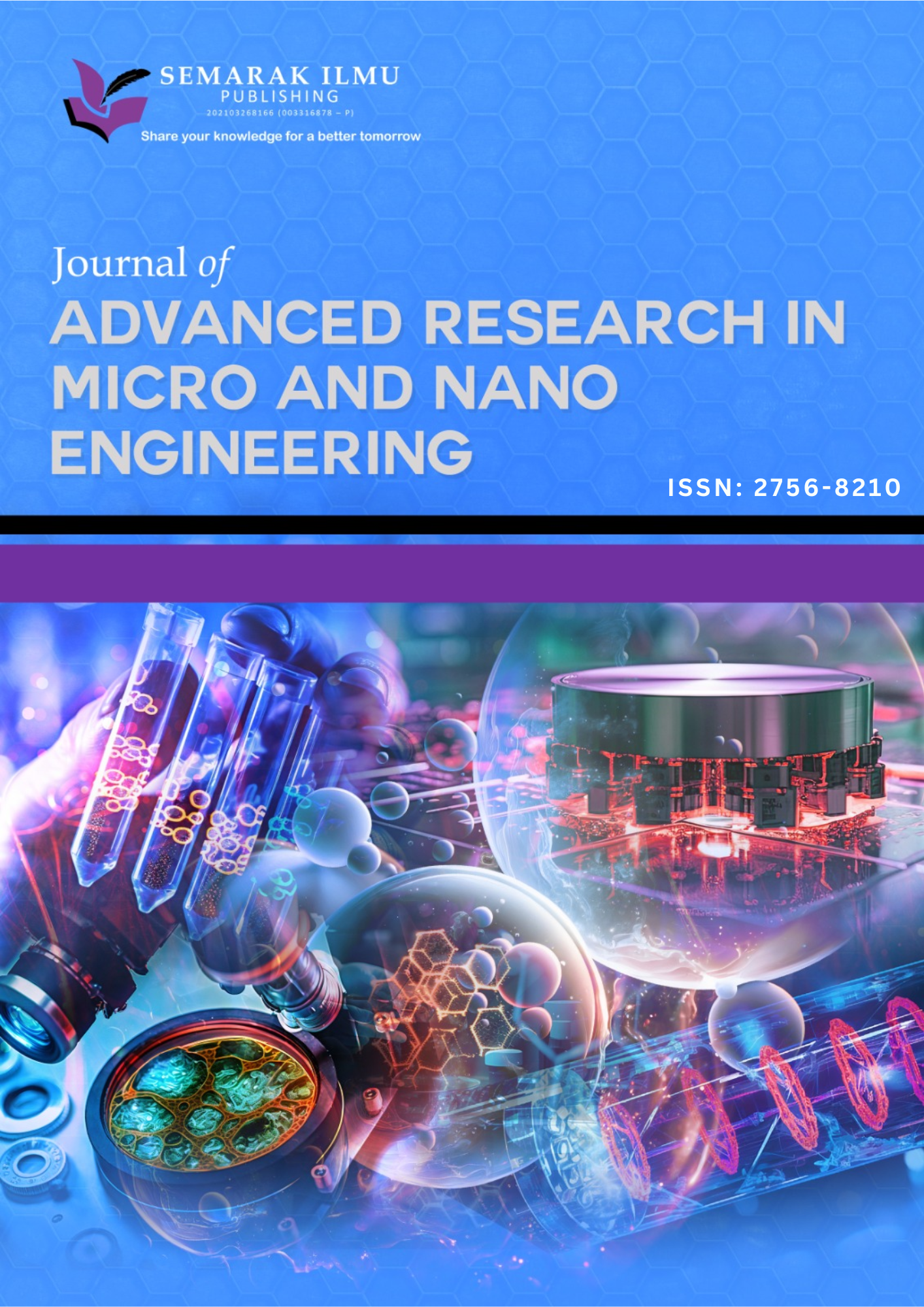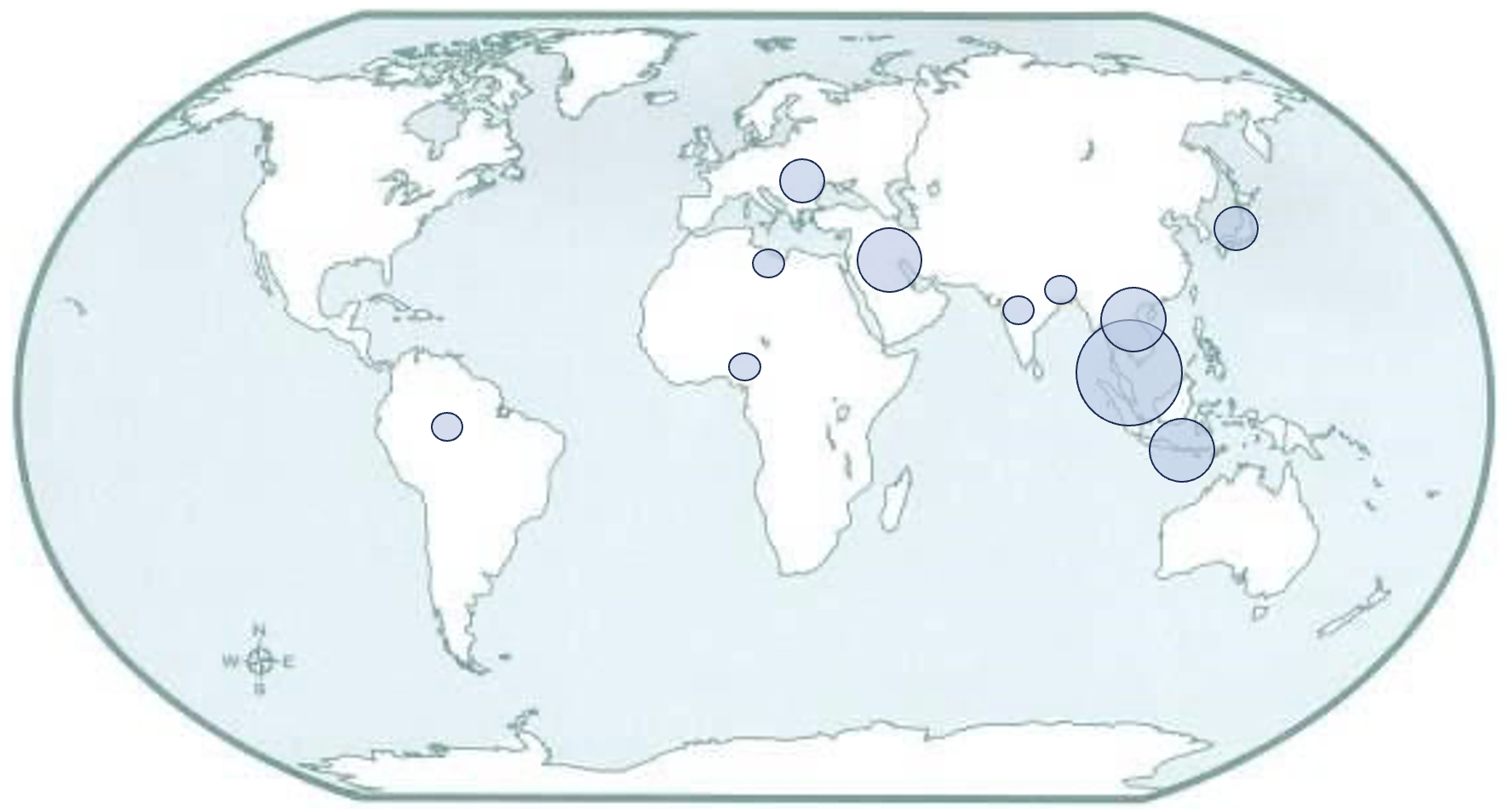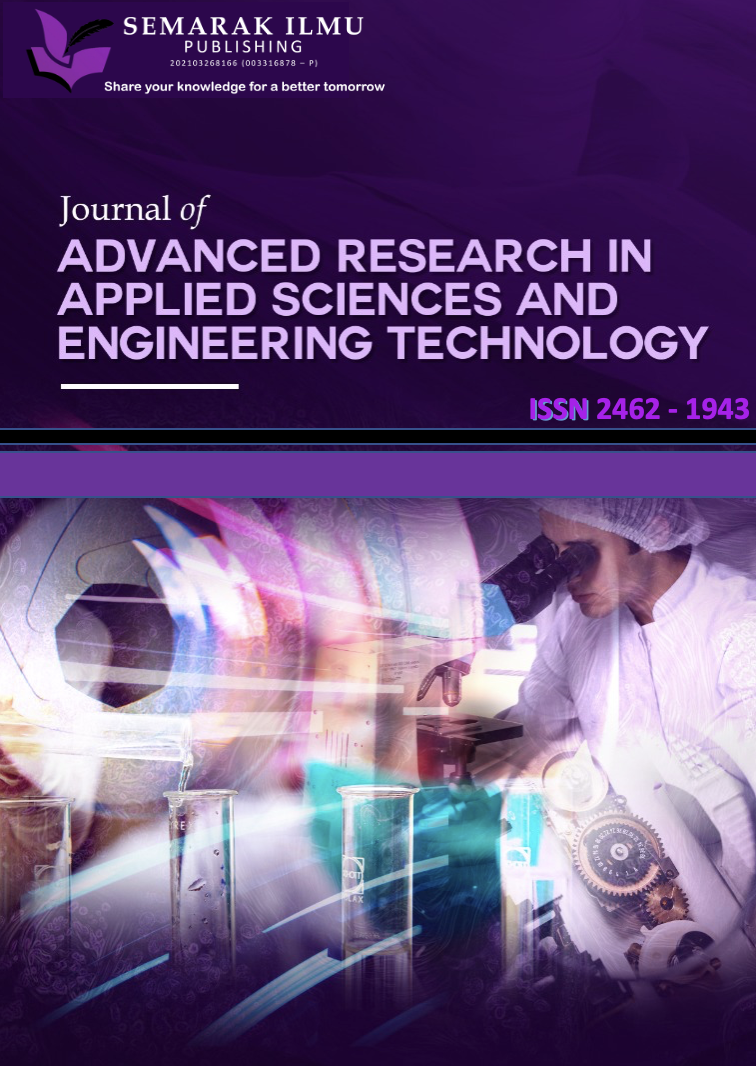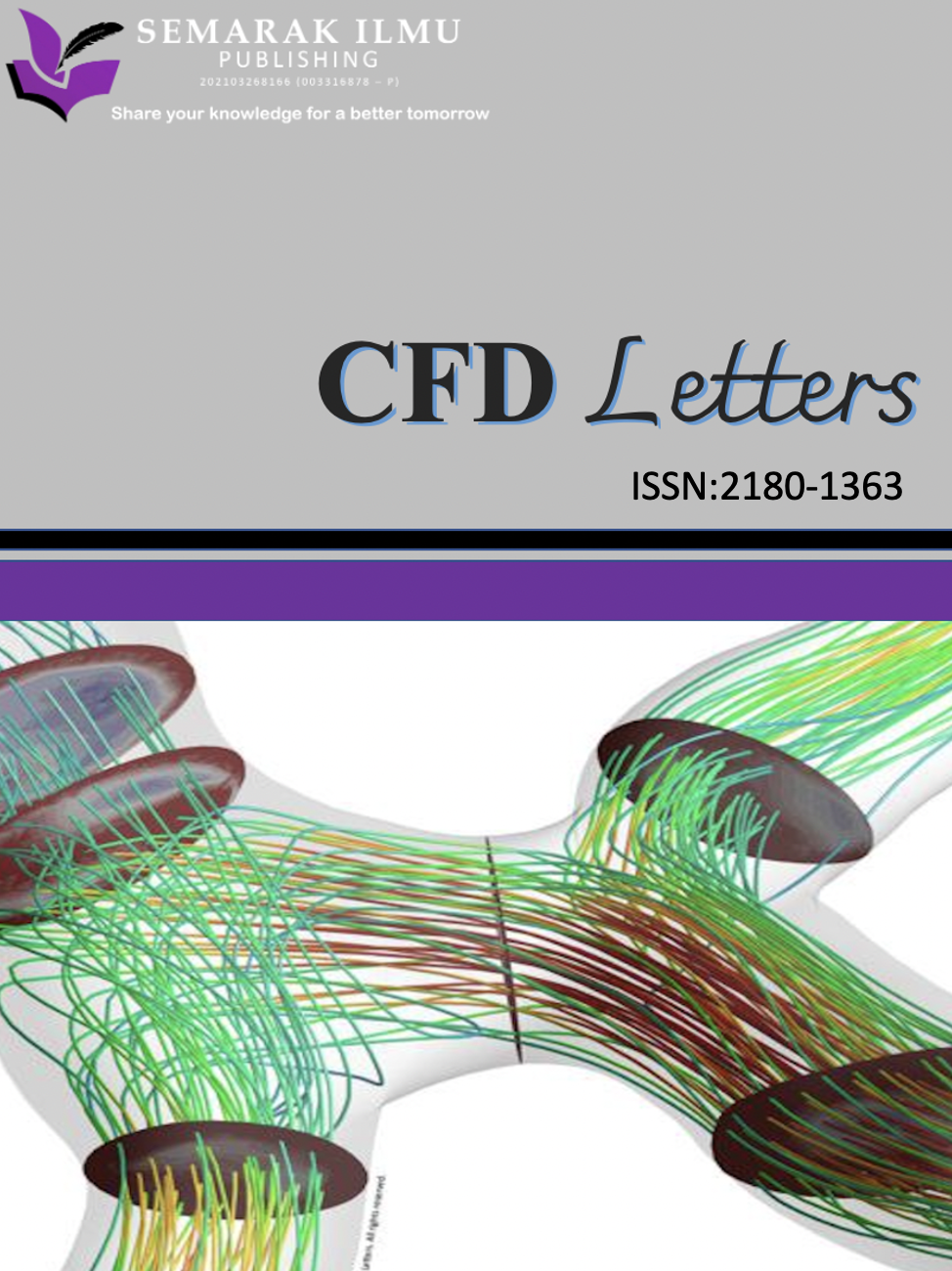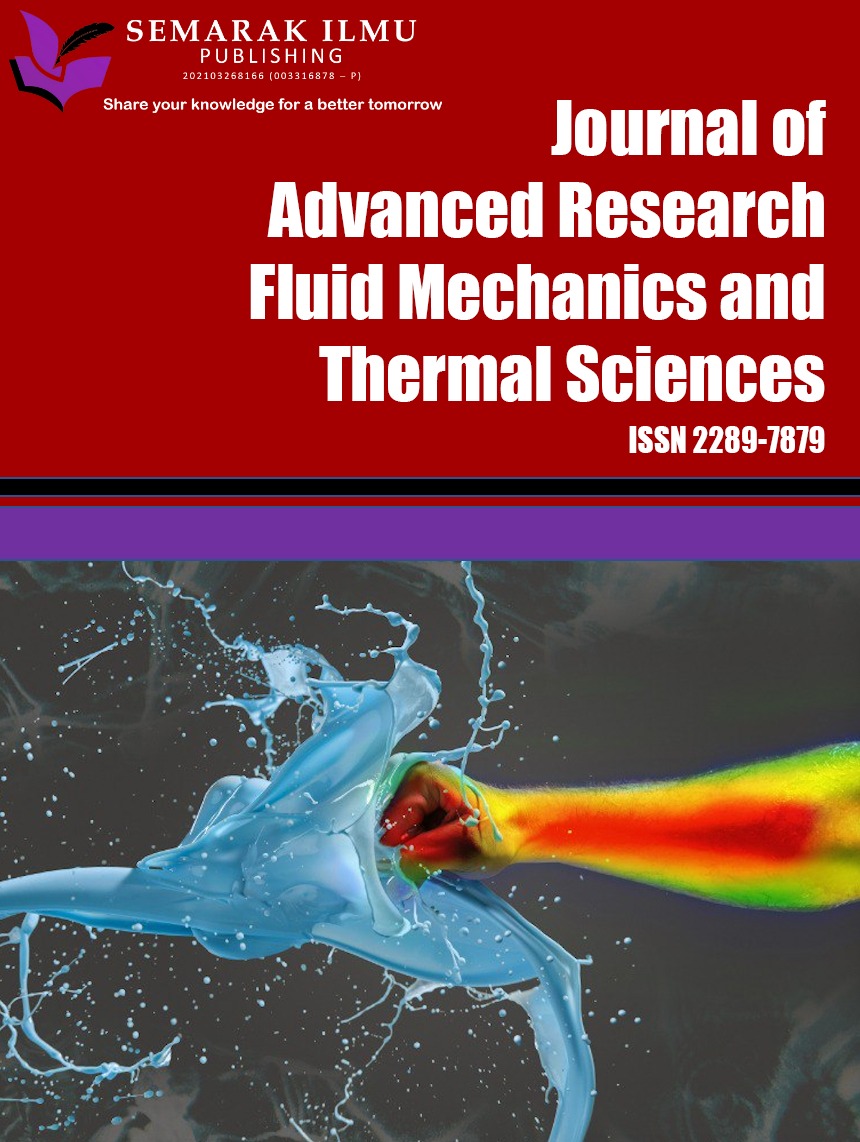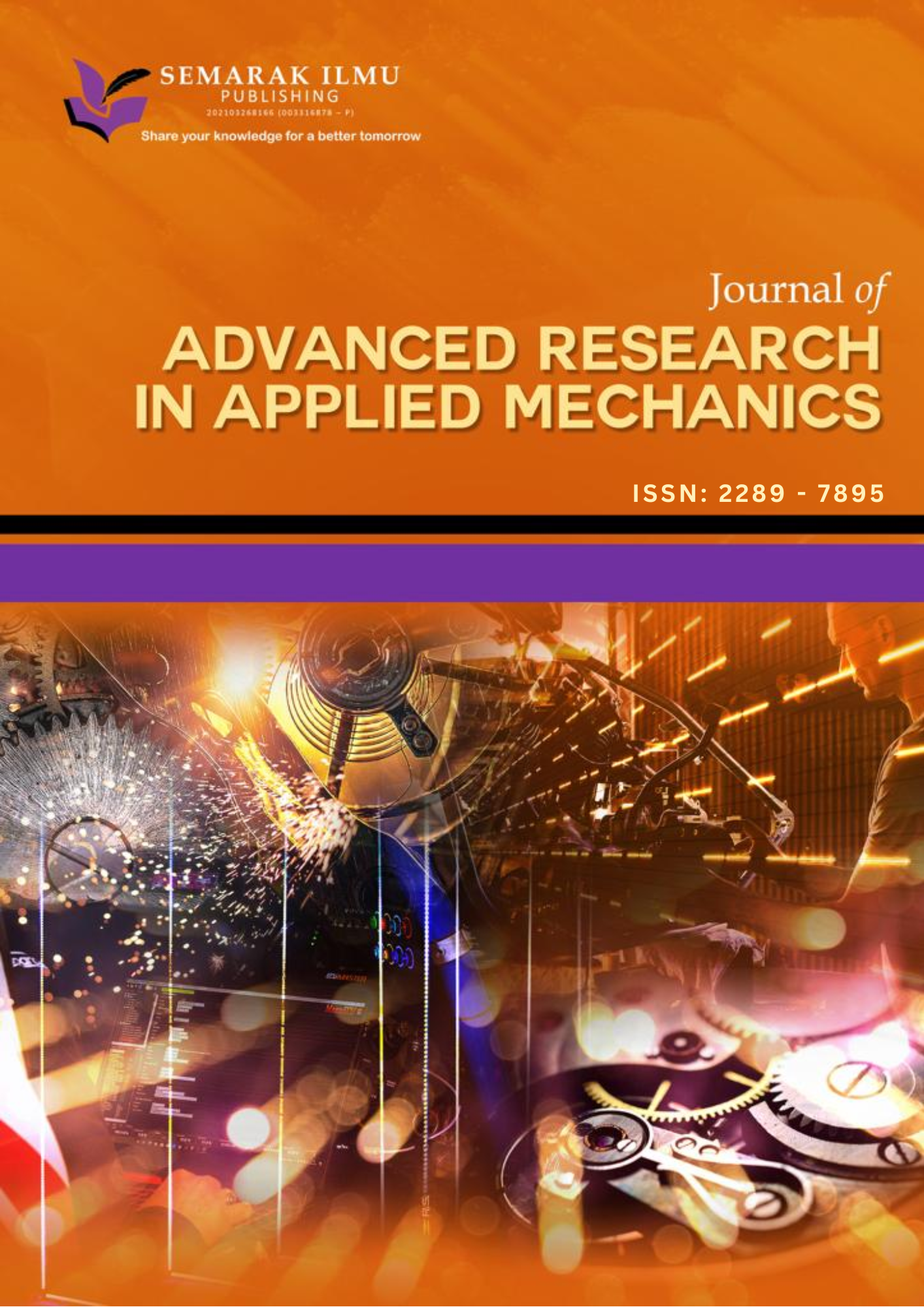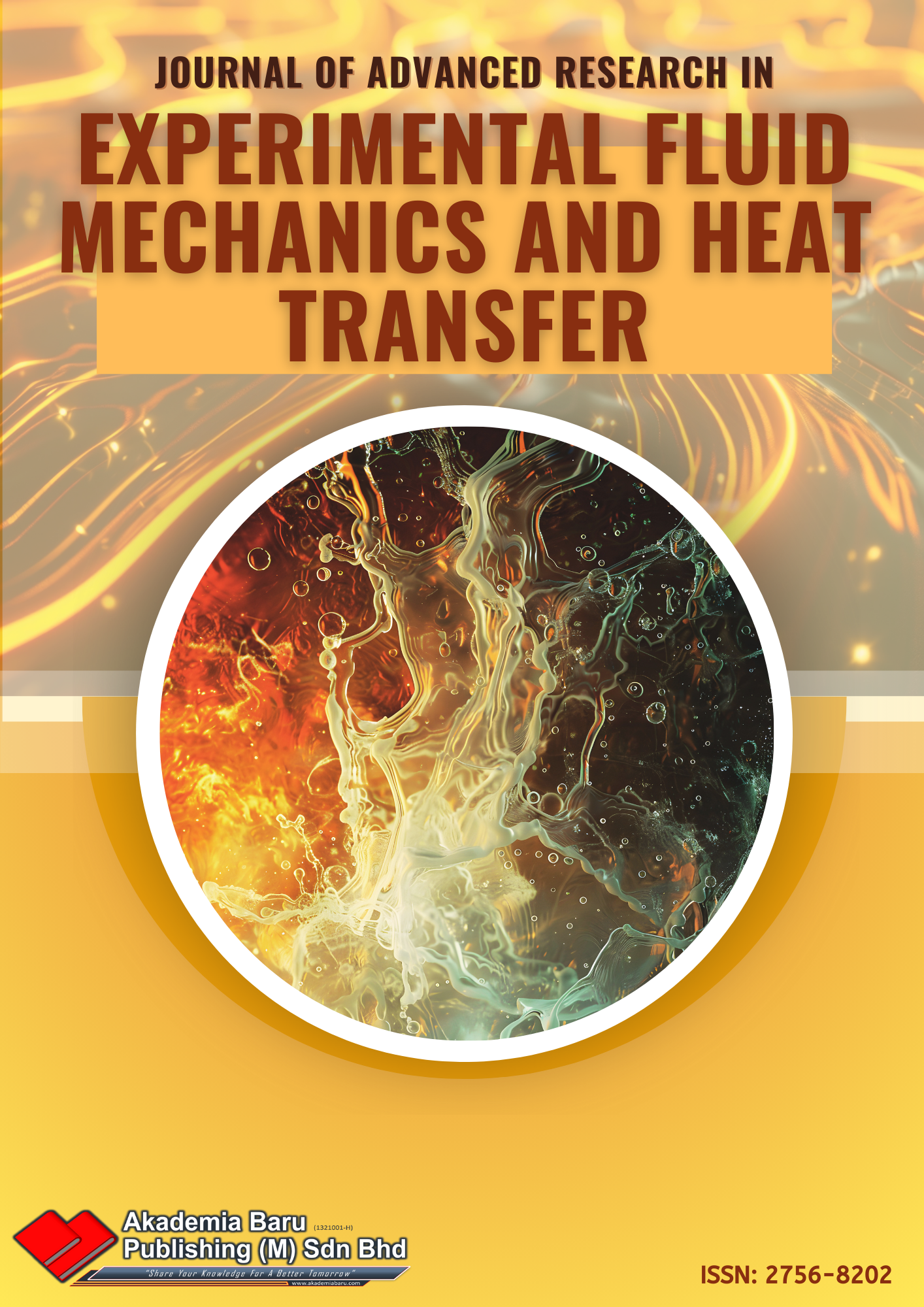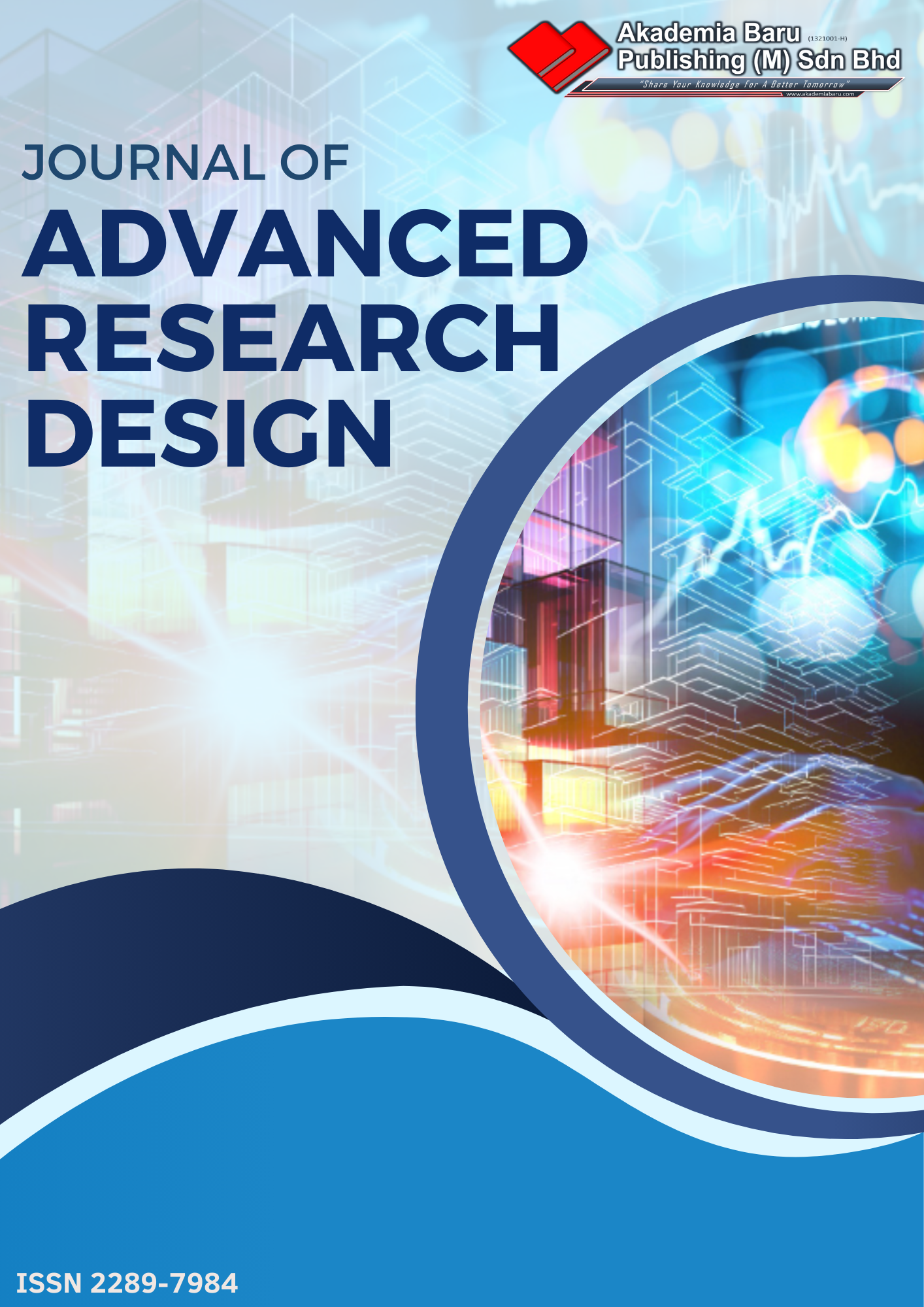Development and Characterization of Electrical Discharge Coating Electrode Through Powder Metallurgy Process
DOI:
https://doi.org/10.37934/armne.29.1.104113Keywords:
Electrical discharge coating (EDC), powder metallurgy (PM), copper electrode, density, porosity, microstructureAbstract
In this study, copper electrodes for electrical discharge coating (EDC) application were fabricated by using the powder metallurgy (PM) process. The effect of different compaction loads (ranging from 3 to 5 tons) and sintering temperatures (ranging from 450 to 650°C) on the mechanical properties of the PM electrodes, specifically on porosity, density, and microstructure were investigated. The copper powder was mixed with stearic acid by using a planetary ball mill, followed by compaction and sintering operations. The results showed that the PM copper electrodes exhibited higher density and less porosity with the increase in compaction load and sintering temperature. The PM copper electrode with the highest density and lowest porosity was obtained by using 5 tons of compaction load and 650 °C sintering temperature. Furthermore, the microstructures showed a dense network with minimal pores and smaller pore sizes, indicating excellent particle compaction and interconnectivity resulting from the combined effects of high compaction pressure and high sintering temperature.
Downloads






